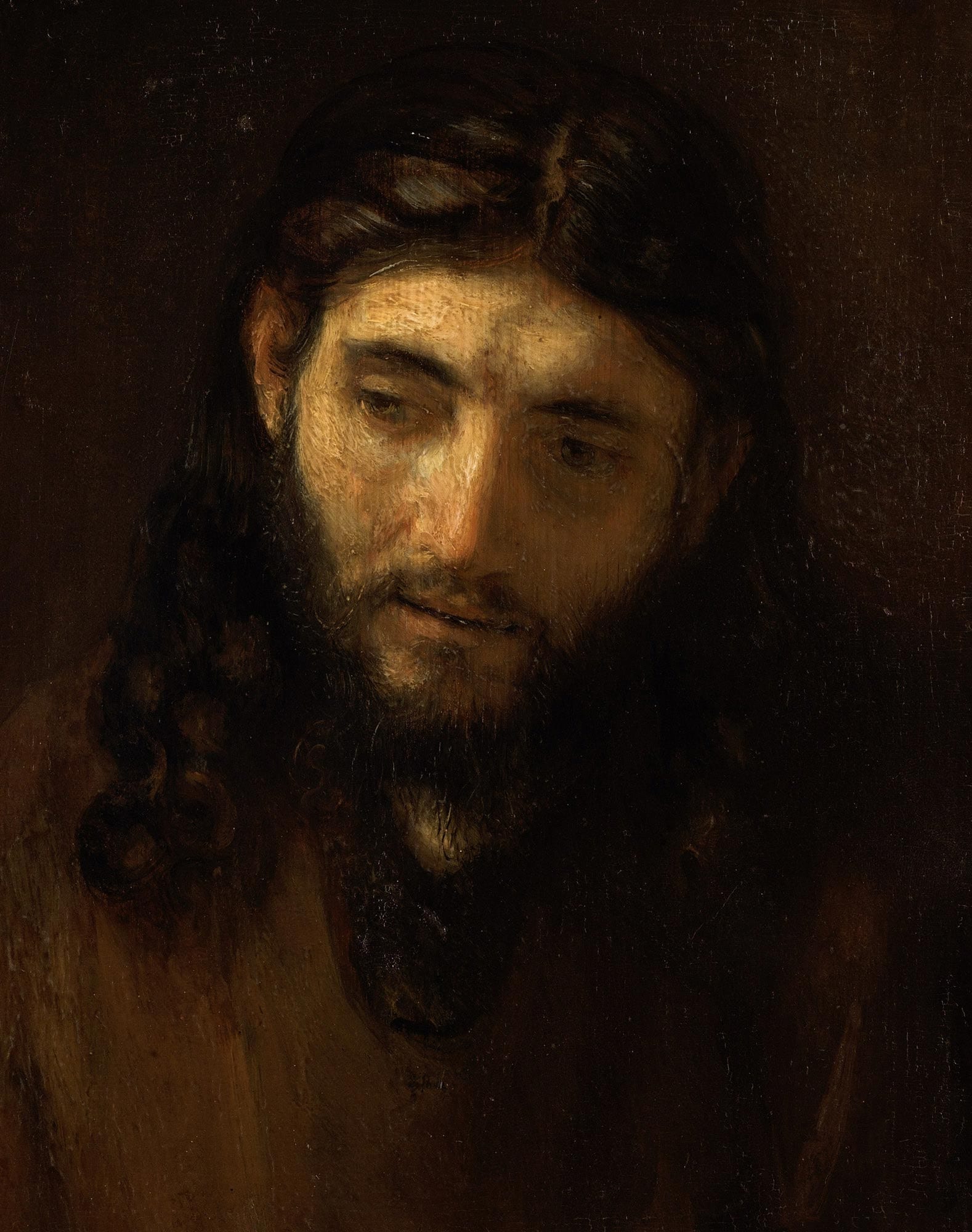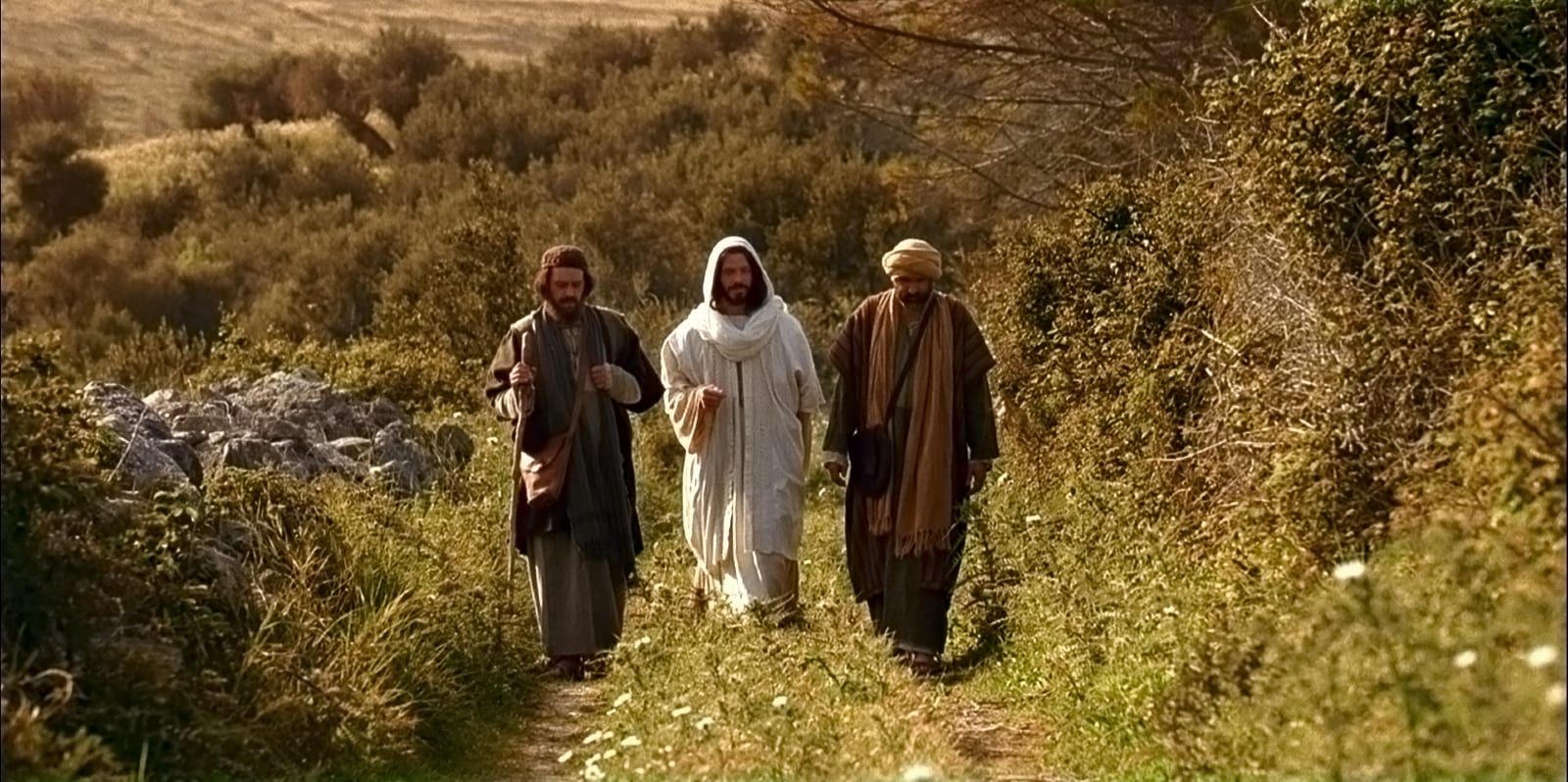by Gregorio Billikopf
In the pseudepigraphical book, The Ascension of Isaiah, we come to understand what is meant by both he hath no form nor comeliness as well as no beauty that we should desire him (Isaiah 53:2). In the Ascension of Isaiah, the Prophet is guided by an angel successively up to the seventh heaven, with each of the higher heavens being more glorious and full of light than the former one. The majesty, light, and glory of one of the personages Isaiah meets in one of the lower heavens is so overwhelming that Isaiah begins to prostrate himself. His angelic guide, however, restrains the Prophet from making the mistake of adoring a fellow-servant. Isaiah’s own countenance is changed in ever increasing glory as he ascends the heavens one by one. In the process of time, the Prophet arrives in the seventh heaven where he beholds the glory surrounding the Father, the Son, and the Holy Ghost and Isaiah is able to worship God.
The main purpose of the trip embarked upon by the Prophet is to witness the condescension of the Son of Man. Isaiah arrives as the Messiah is making final preparations to depart from the presence of the Father, leaving behind “the glory which [He] had with [the Father] before the world was” (John 17:5b). So it is that Isaiah is able to behold the Savior as He leaves the seventh heaven and descends one heaven at a time. An exquisitely painful and humbling panorama is placed before us. As Christ descends further, beginning with the fifth heaven He is not recognized by the people as the Son of Man, for He transforms Himself to match the glory of lowest of those who are present. There is nothing external in Him that sets Him apart. The Savior of mankind is ignored completely and expected to give the required passwords[1] “before the angels who stand as sentinels” (Brigham Young, Journal of Discourses 2:31) before entering each of the heavens.
His beauty and glory are not perceived. “And the angel who conducted me said unto me: ‘Understand, Isaiah, and see how the transformation and descent of the Lord will appear [or, ‘in order that thou mayest see the transformation of the Lord’] . . . And I saw when He descended into the fifth heaven He made Himself like unto the form of the angels there, and they did not praise Him (nor worship Him); for His form was like unto theirs.”[2]
The Holy One of Israel continues this process of transformation until Isaiah is permitted to see “a woman of the family of David the prophet, named Mary, a Virgin, and she was espoused to a man named Joseph, a carpenter . . .” (Ascension of Isaiah, 11:2b). There were many things that Isaiah saw in this vision, but none more important than the condescension of Christ.
Note how Nephi was likewise privileged to watch the condescension of the Son of Man. The young Book of Mormon prophet was explicitly told that he was there to be a witness of Christ: “and him shall ye witness; and after ye have witnessed him ye shall bear record that it is the Son of God” (1 Nephi 11:7, also see 1 Nephi 11:8 ff.). In Isaiah 53:2, Isaiah is making it clear that the Son of Man did not come in His glory and that He could only be seen with the discernment of the Spirit. The purpose of Nephi’s vision, then, was not only to understand the individual elements of his father’s vision, but to be present—again, at the exact moment—when the Son of Man left behind His glory by the side of the Father to come down to earth to die for us that we might turn to Christ and live. John the Baptist bears witness of Him when he says: “Behold the Lamb of God, which taketh away the sin of the world” (John 1:29b). The Baptist is telling us to open our eyes, to behold, to look upon the Holy One of Israel with the witness of the Holy Spirit and know that He is the Son of God.
Recall that after the resurrection the Savior appeared to His disciples on the road to Emmaus: “But their eyes were holden that they should not know him” (Luke 24:16). Although they could not recognize Him with their eyes, there was something that witnessed peace to them: “And it came to pass, as he sat at meat with them, he took bread, and blessed it, and brake, and gave to them. And their eyes were opened, and they knew him; and he vanished out of their sight. And they said one to another, Did not our heart burn within us, while he talked with us by the way, and while he opened to us the scriptures?” (Luke 24:30-32). We can likewise have our eyes opened by hearing the word at General Conference and other Church meetings, and by immersing ourselves in Holy Scripture, especially the Book of Mormon—and hearkening to the Spirit. Can we also be witnesses and behold His condescension before the children of men?
[1] “Your endowment is, to receive all those ordinances in the House of the Lord, which are necessary for you, after you have departed this life, to enable you to walk back to the presence of the Father, passing the angels who stand as sentinels, being enabled to give them the key words, the signs and tokens, pertaining to the Holy Priesthood, and gain your eternal exaltation in spite of earth and hell” (Journal of Discourses, 2:31).
[2] Charles, R.H. (Editor). Ascension of Isaiah, 10:18, 20. Translated from the Ethiopic Version, which, together with the new Greek fragment, the Latin versions and the Latin translation of the Slavonic, is here published in full. London: Adam and Black, 1900, 72. While we do not consider the Ascension of Isaiah Scripture, Latter-day Saints have multiple reasons to be interested in this manuscript. There are important similarities to the Vision of Joseph F. Smith (see D&C 138), where the great disciples of Christ of ancient days were present, such as Adam and Enoch in the spirit world; as well as to things we learn in sacred places. The Ascension of Isaiah, shows that at least some early Christians believed that God the Father, the Son and the Holy Ghost were three distinct beings, but one in purpose. It is not known if this book was written by Isaiah, or at a later date. It is suggested that the original book may well have existed before the time of Christ but may have been amended by early Christians. At any rate, what we have has not been preserved in its purity.
 Gregorio Billikopf was born in Chile in 1954. After reading the Book of Mormon over a four-day period, he joined The Church of Jesus Christ of Latter-day Saints in 1974. His parental grandfather was a Lithuanian Jew and grandmother a German Jew. His mother’s side of the family is Chilean. Billikopf felt stirred to study Isaiah after reading the words of the Savior in 3 Nephi 23:1. Gregorio is the author of Isaiah Testifies of Christ. He worked for the University of California for 34 years and published books on labor productivity and on mediation and conflict management. Gregorio and his wife Linda live in Chile.
Gregorio Billikopf was born in Chile in 1954. After reading the Book of Mormon over a four-day period, he joined The Church of Jesus Christ of Latter-day Saints in 1974. His parental grandfather was a Lithuanian Jew and grandmother a German Jew. His mother’s side of the family is Chilean. Billikopf felt stirred to study Isaiah after reading the words of the Savior in 3 Nephi 23:1. Gregorio is the author of Isaiah Testifies of Christ. He worked for the University of California for 34 years and published books on labor productivity and on mediation and conflict management. Gregorio and his wife Linda live in Chile.




